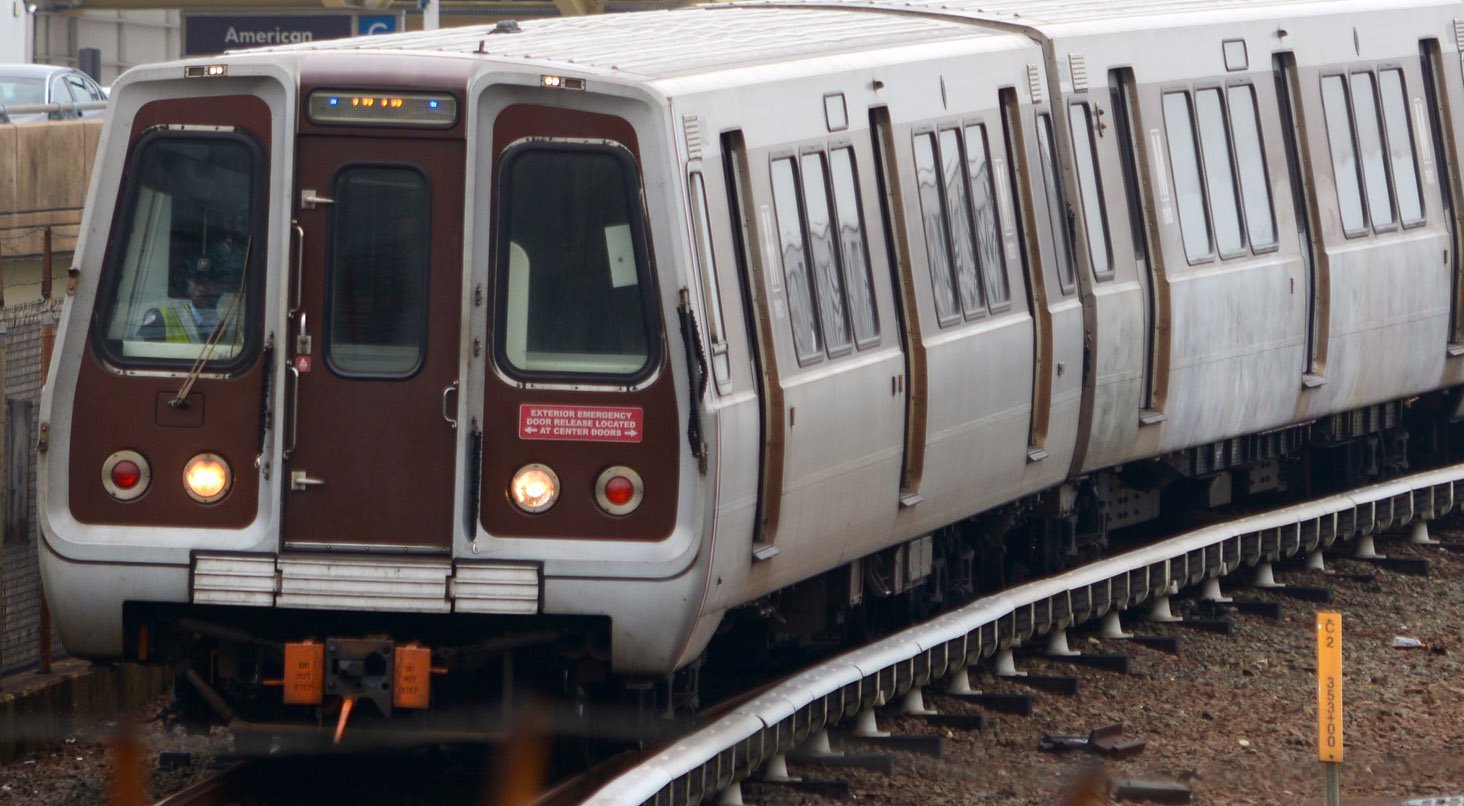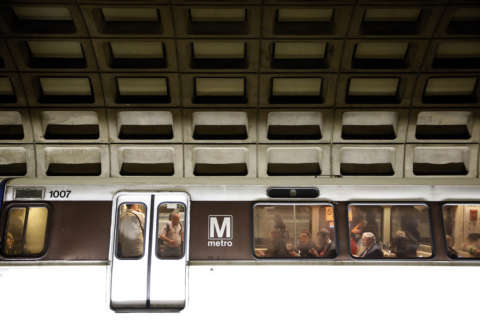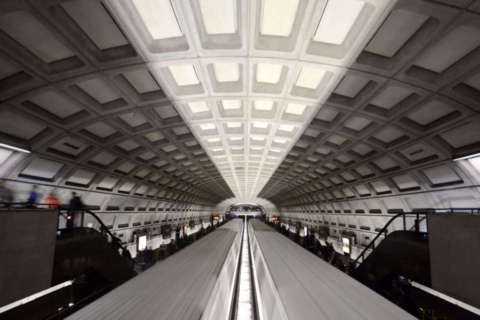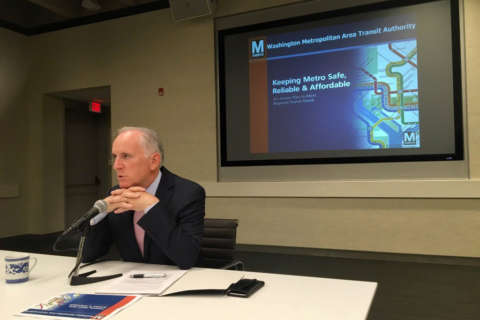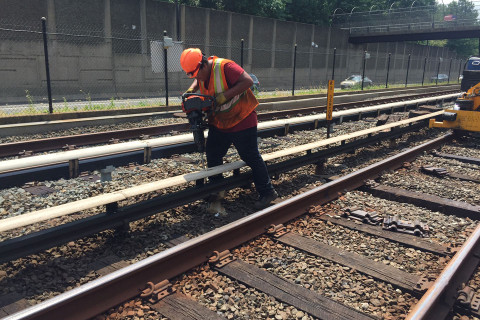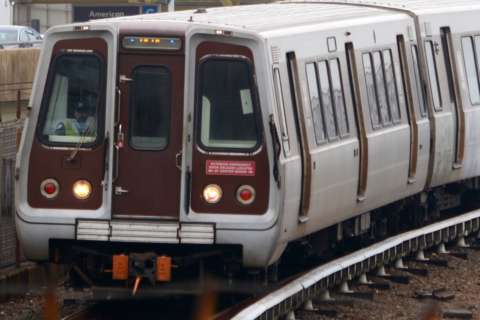
WASHINGTON – Injuries to Metro riders have remained flat during the last four years, new data for the first three months of 2017 suggest.
Metro’s customer injury rate was 2.29 per million trips from January through March, compared to a rate of 2.33 a year earlier. Both rates are higher than Metro’s target of 1.75 injuries per million trips and higher than the yearlong averages for 2015 and 2016. Despite that, the total number of injuries has declined as ridership has dropped.
Slips, trips and falls in rail stations and bus crashes involving a bus driver who was not at fault were among the primary drivers of the injury rate, according to a report prepared for the Metro Board’s Safety Committee.
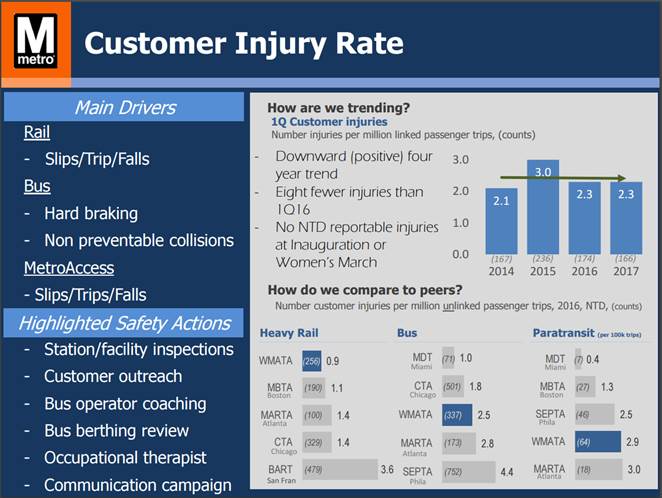
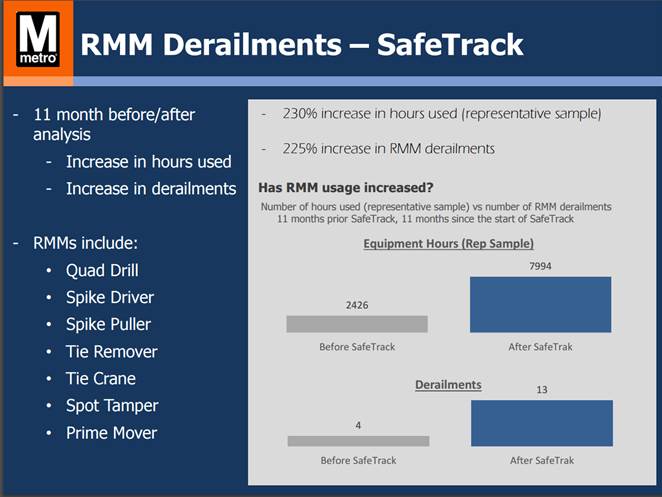
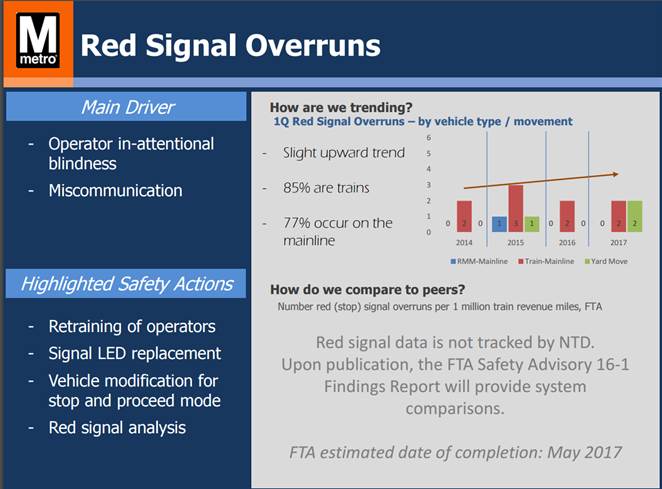
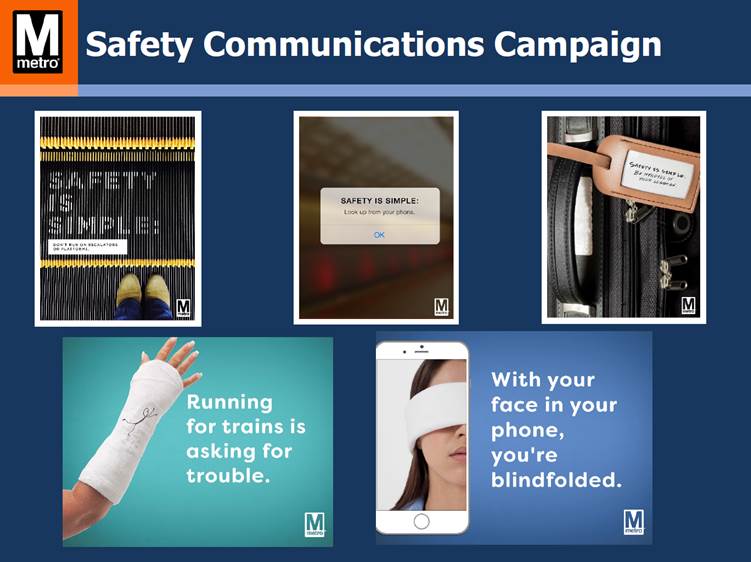
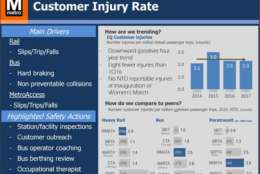



The employee injury rate – helped by less snow and ice this winter – met Metro’s target, but only because the target was revised this year from 4.5 to a more attainable goal of 5.1.
Metro recorded five worker injuries per 200,000 hours worked in the first quarter of the year, compared to a rate of 5.3 injuries a year earlier.
Slips, falls, collisions and stress-related incidents were the most common worker injuries.
“Poor job-site environment has also been identified as a contributing factor to injuries. Conditions such as poor lighting and housekeeping result in slips/trip/falls while in the field,” the report said.
Federal safety inspectors repeatedly have raised concerns about Metro’s dark tunnels – with burned out light bulbs or bulbs obscured by grime. But darkness can contribute to issues overnight in outdoor work zones too.
“Portable job site lighting solutions are being explored to improve employee safety,” the report said.
Maintenance vehicles derail more often
Two Metro maintenance vehicles derailed during the first three months of 2017. Since Metro’s rehabilitation program called SafeTrack began last June, 13 maintenance vehicles have derailed. That is a 225 percent increase compared to the 11-month period before the track work surges began, and is in line with a similar increase in the number of hours the vehicles are in service.
“To reduce … derailments, maintenance operators are being trained on proper operation of the units, and an evaluation committee has been formed to review the use and operating conditions of these vehicles,” the report said.
A railcar derailed last week in the Alexandria Rail Yard after workers forgot to remove a block meant to keep it in place during maintenance. No one was hurt.
The derailments were in addition to continued red signal violations. Metro said four operators wrongly ran a stop light in the first three months of the year, two more than in the same period last year.
Two of this year’s incidents were on tracks that carry trains with passengers, while the other two were in rail yards. In some of the cases, miscommunication played a role in the violations. But in other cases, operators did not notice the red signal.
Rider injury breakdown
MetroAccess paratransit users were the most likely to be injured during their transit trip, with 19.3 injuries per million trips. That is a 5 percent decrease from the first three months of 2016, when injuries spiked.
Of the 11 riders injured this January, February and March, most were hurt in crashes where the van driver was not found to be at fault, or in trips or falls while the driver was helping the passenger to the door. Reviews of how to reduce the significant number of injuries for paratransit riders are due to be finalized next month.
Metrobus riders were injured at a rate of 2.67 per million passenger trips – a 10 percent drop for the same three-month period last year. The most common injuries resulted from another vehicle crashing into the back of the bus or in cases where a driver was forced to slam on the brakes.
Riders were least likely to be injured on the rail system, where Metro recorded 1.8 injuries per million trips. However, that is a 6 percent increase from the same period last year. Slips and falls were the most common injury in the rail system.
“These falls primarily occurred while passengers are running through the station, are intoxicated or trip on uneven or wet platform surfaces,” the report said.
There have been more safety inspections of stations this year to identify loose floor tiles or other instances of “poor housekeeping,” according to the report.
Comparing itself to other similar transit systems in the country, Metro found it had the lowest customer injury rate for the rail system, ranked in the middle for its bus-related customer injury rate and had the second-highest paratransit injury rate.
Metro is launching a “safety is simple” public information campaign asking riders to avoid distractions such as cellphones and to avoid running on escalators or in stations to catch a train.
The Federal Transit Administration said Monday that Metro had to take immediate steps to improve worker safety because the agency had allowed trains to nearly hit workers on the tracks, presenting a “substantial risk of death or personal injury.”

